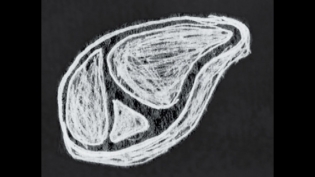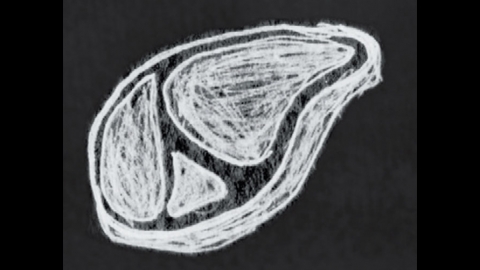Protein Power
You might be surprised by how much —or how little—you need
Protein is one of the hottest nutrition topics these days as we seek to balance our physical needs with environmental concerns. More often than not, the conventional wisdom is that the more grams the better.
Recent research by Packaged Facts, a consumer market research firm in Rockville, Maryland, found that 62% of people are making protein a priority in their diets. While that might be good for the food industry, it raises questions about all things protein: animal versus plant, the optimum number of grams we should eat each day. What are the best protein sources for maximum health? And is there a way to improve the sustainability of these protein sources?
Quite simply, our bodies need animal- or plant-based protein to produce enzymes and hormones, to build and maintain muscle and for tissue repair.
How much we need depends on an individual’s body, age and lifestyle. Growing adolescents and pregnant women both need extra protein. The average adult recommended daily allowance target for protein is .8 grams per kilogram of body weight (2.2 pounds). For a 165-pound man with moderate activity, 60 grams of protein from animals and plants is adequate.
The key is to eat a balanced plate that includes protein along with other healthful sources of calories like fruits, vegetables and some whole grains.
Eating 10% of your calories in protein is adequate, though the standard American diet is closer to 20%, or higher. Since our standard dietary intake in the U.S. consists of protein portions that are much higher than in the rest of the world, nearly everyone is getting plenty. In fact, many of us are getting too much.
The downside of too much protein is that it’s typically animal-based—meat, dairy, eggs and chicken—which are high in saturated fats that promote inflammation in the body and chronic heart disease. A 20-year study from UC Davis, released in 2016, showed that a high animal-based protein diet in middle age resulted in four times more cancer and a 74% increased risk of early death from premature chronic disease, diseases that we are getting earlier in life than we should due to poor lifestyle.
For improved health, organizations like the USDA, American Heart Association and Harvard School of Public Health recommend that we eat less animal protein and make cleaner choices, like adding some plant-based proteins (legumes, tofu and tempeh, for example) into your diet. Not only does it improve human health, it is much more sustainable for the environment.
Plant protein generally does not contain all the essential amino acids, but when eaten with other grains, seeds or vegetables, it provides enough complete protein. This is how vegetarians and vegans meet their protein needs. (Seven grams of plant protein equals 1 ounce of animal protein.)
Look for many new protein sources in the next few years. As the world demand for protein becomes greater due to large increases in the population, technology is ready with new, innovative ways to produce protein from cloning animal protein to insects (crickets, anyone?). All are part of a new future.









